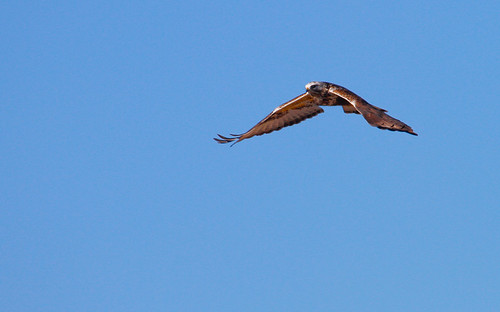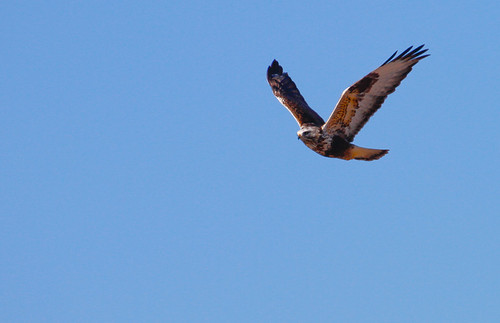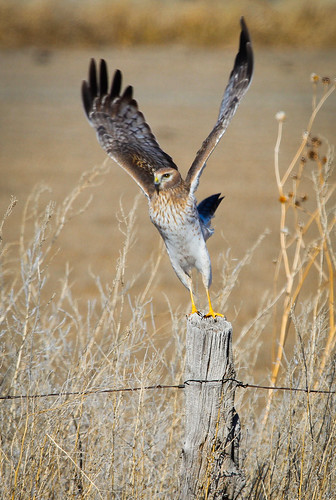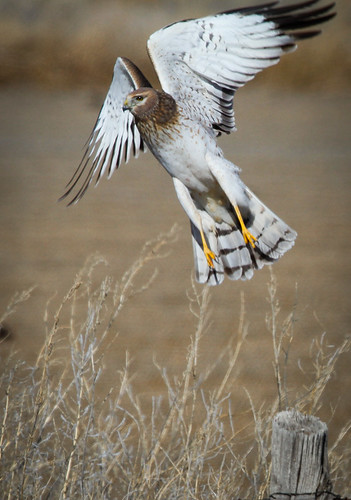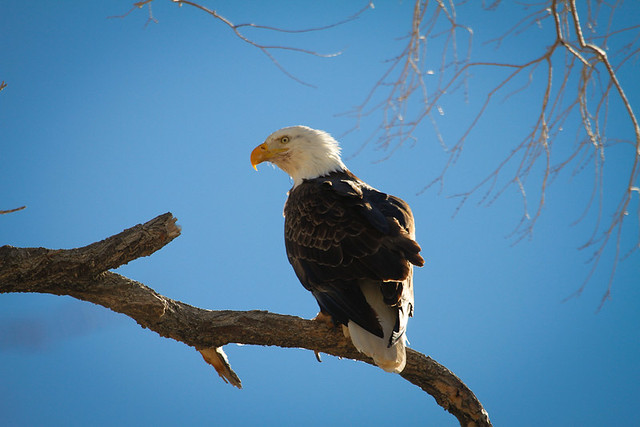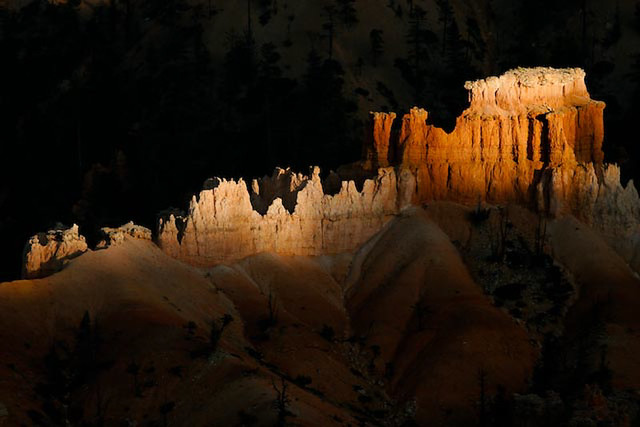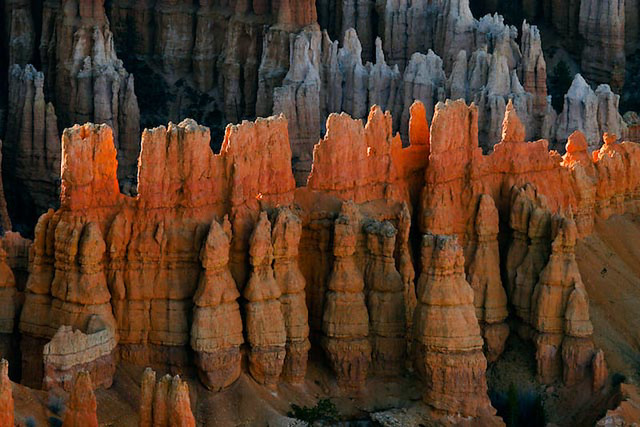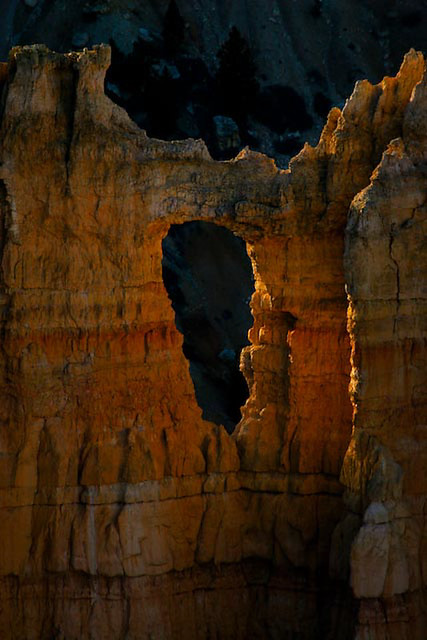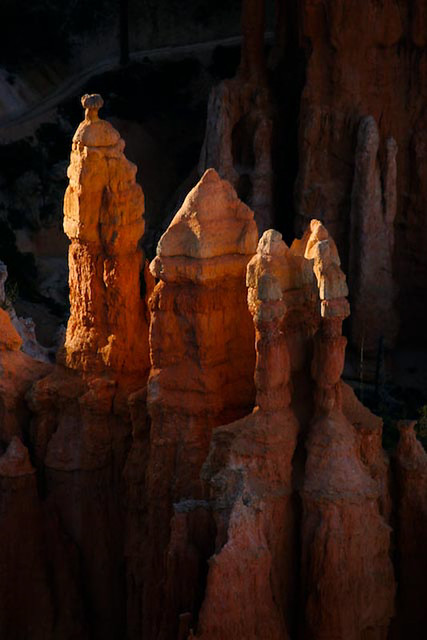Come and join me at the Snow goose festival this week end in Delta, Utah. I will be there on Friday and Saturday February 25th and 26th. It is estimated that there are 30,000 geese there at this time. That will be the largest flock that we have seen in the 21 years that we have been holding the festival. We may see some winter weather this week which will just make the vision more beautiful. Plan on being there about 9:30 on either morning for the best look at the "fly-in". This is a great photo op and I can almost promise that you will get some worthwhile photos if you bring a 300 or 400 mm telephoto lens. Learn more about snowgeese by watching the video below and follow this link to another post on my blog.
http://outdoorphotoquest.blogspot.com/2011/01/snow-geese-are-on-move-again.html
I have been a professional Outdoor Photographer for over 30 years. I personally believe that you take better photos when you really understand your subject. As a result, I have made the study of nature a lifelong quest. I hope you enjoy these photographs and learn something valuable from the explanation that accompanies them.
Thursday, February 24, 2011
Monday, February 21, 2011
A little snow can change everything
I had the chance to spend some time at Bryce National Park this past weekend. Friday was beautiful but there was only a little snow with lots of mud on the trails. I took some photos and was happy with what I got but there was nothing really out of the ordinary.

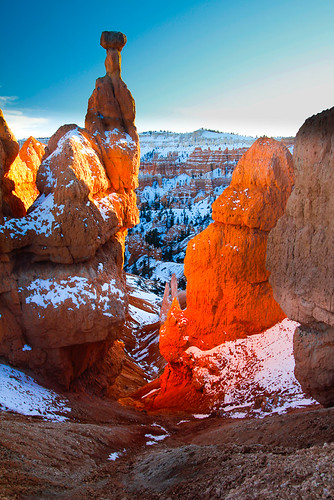
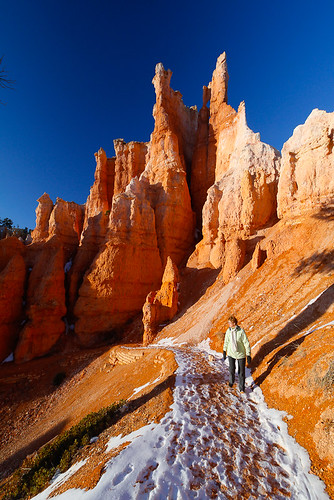
(This is why we photographers marry such beautiful women. They make great models.)
Saturday morning we awoke to a foot of fresh snow in the parking lot at Ruby's Inn. It was still coming down and we ended up with over 18 inches before the day ended. I was excited to get out and photograph a different look in the park.
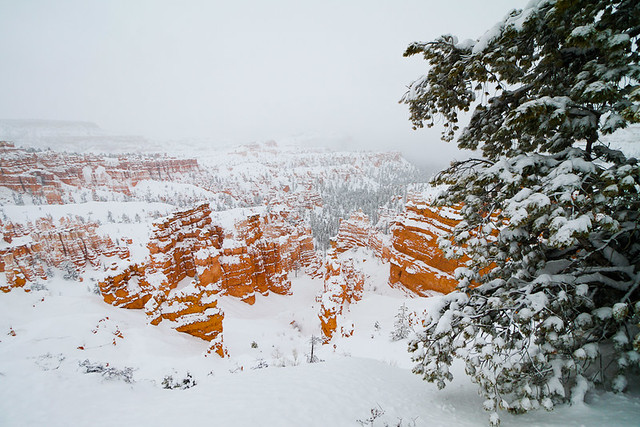
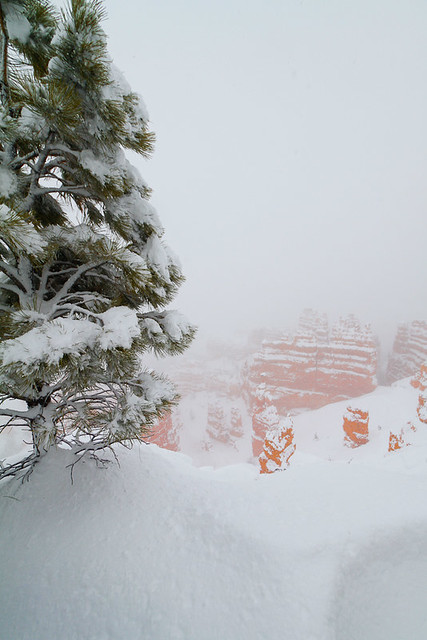
The snow really tends to give a pastel look to the colors in Bryce. It is a great contrast to what you normally see.
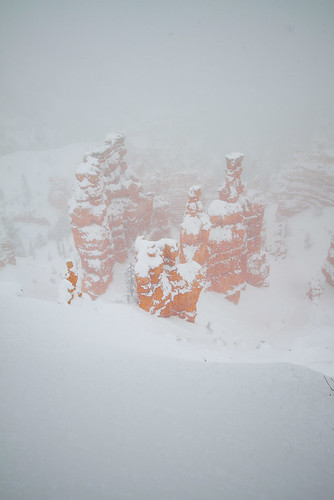
I wish I could have spent another day out there but other duties called. One tip when photographing in bright snow. Your camera's meter will try to turn the snow gray so you have to over expose by at least one stop and even more if the majority of the scene is white. All of these snow photos were exposed at 1 2/3 stops over. If you don't do that you end up with muddy gray snow.
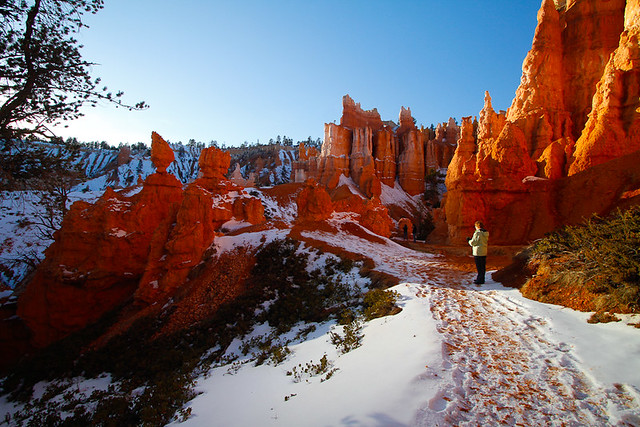
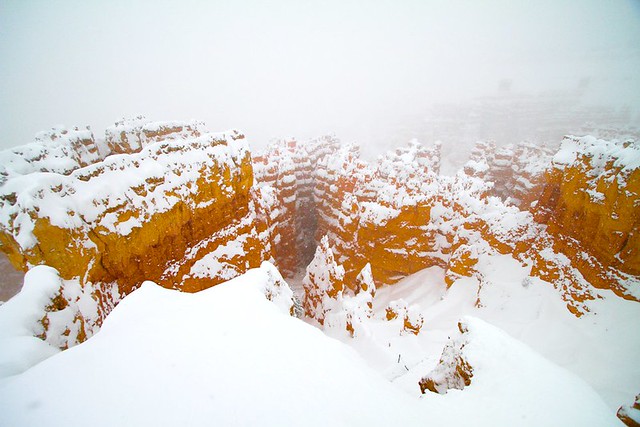
I hope you enjoy these photos. Please let me know what you think.



(This is why we photographers marry such beautiful women. They make great models.)
Saturday morning we awoke to a foot of fresh snow in the parking lot at Ruby's Inn. It was still coming down and we ended up with over 18 inches before the day ended. I was excited to get out and photograph a different look in the park.


The snow really tends to give a pastel look to the colors in Bryce. It is a great contrast to what you normally see.

I wish I could have spent another day out there but other duties called. One tip when photographing in bright snow. Your camera's meter will try to turn the snow gray so you have to over expose by at least one stop and even more if the majority of the scene is white. All of these snow photos were exposed at 1 2/3 stops over. If you don't do that you end up with muddy gray snow.


I hope you enjoy these photos. Please let me know what you think.
Friday, February 11, 2011
Photographing nature from the window of my pickup.
One of my “Face Book” friends looked at some of my photographs and made a kind comment as follows; “How do you just happen to be at the right spot at the right time for all of your awesome pics?” My comment back was that my wife tells me that I spend way too much time looking around when I am driving. I consider myself a safe driver, but I do tend to look for cool stuff on the side of the road. Nature is happening all around us all the time. I am afraid that many of us get so wrapped up in our lives that we miss a lot of beautiful stuff. With this thought in mind, I decided to perform a little experiment. I gave myself a photo assignment. What wonderful things could I see and photograph, from the window of my pickup, in three hours. I started with the Hurricane fields and went as far as Cedar Valley. I have to admit that I surprised myself a little. Not only did I see some wonderful sights, but I actually took some photos that I am happy with. See what you think.
This is a very dark rough-legged hawk. So dark in fact that I wondered if it was a young bald eagle when I first saw it.
What a beautiful bird. They are recognizable by the dark chest feathers.
This Northern Harrier is a common sight in agricultural areas. They can be seen flying low over the grass, looking for rodents to eat. They are also called Marsh hawks at times.
They can be identified by the facial feathers that form a disk. Many owls have these facial discs as well. They improve the birds hearing by funneling sound to the ears.
I have to admit that this is my favorite of the day. I have always admired Bald eagles. This one in Cedar Valley let me get quite close. Not too bad for shooting from my truck. This photograph was in Friday, February 11th Spectrum newspaper.
Just a word of advice. If you are going to take photos from a vehicle, make sure that you turn off the engine. The vibrations can cause your image to be less sharp than it should be. Even with fast shutter speeds.
I really enjoyed my three hour tour (apologies to Gilligan's Island). I saw much more cool stuff that I was not able to photograph. I intend to make this a regular assignment. Try it yourself and see what you think. Meanwhile, let me know what you think of the images.
Saturday, February 5, 2011
What shutter speed means and how it can influence your photographs.
If you have ever wondered what shutter speed does or how it influences your photographs, there is a good explanation on the video below. Having some knowledge of the factors that influence exposure will help you take better photographs. I have other instructional videos that I will post over time as well. If you have photographic questions that you are dying to have answered just post the question in the comment area and I will do my best to help. I hope you enjoy this and that it will take a little of the mystery out of photography for you.
Please let me know if this video is helpful. Leave a comment if you like what you see.
Labels:
exposure,
how to,
Nature Photography,
outdoor photography,
Photography
Thursday, February 3, 2011
Photographing in Bryce Canyon National Park and Winter Fest 2011
The good people at Ruby's Inn, just outside of Bryce Canyon, are holding the annual Spring fling on February 18th and 19th. They have asked me to come out and present a wildlife photography class on Saturday night. I am really excited to join them this year and look forward to spending a couple of days in the Park, even though it will be very chilly. I hope to come back with some snow photos for you to see later this month.
There is no place better to explore the play of light on a landscape than Bryce National Park. You can photograph direct light, reflected light and even re-reflected light. Don't be afraid to use your telephoto lenses to isolate features that interest you. I hope to see you out there this year. Here are a few samples to whet your appetite. Let me know if you like what you see. It would be great to hear from you.
Wednesday, February 2, 2011
Winter photography in Southern Utah, "I love to keep my cameral handy all year"
Winter is one of the main reasons that I live here in southern Utah. While other locations are digging out of the storm, I can grab my camera and enjoy the change in seasons with relative comfort. I have always said that I enjoy "going were the weather suits my clothes" (thank you Nilson). If I want to get into the snow, I can. If I don't, I can still shoot wildlife and landscapes just within minutes of my home. Let me share with you a few of the subjects that I have encountered this winter right here, practically in my backyard.

It is hard to imagine anything more beautiful that Zion National Park and the Kolob Canyons section. As the only National Park that is accessible from a major freway (I-15), you would think that millions of visitors would take the short, 5 mile drive and see the sights. You would be wrong.
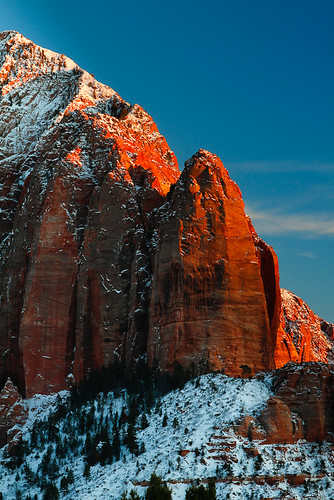
The area receives very low visitation annually. You put a little snow on these peaks and add the low light angle and warm color of sunset, and you can come up with a pretty spectacular sight.
You can look at some of my previous, Pine Valley Mountain, post to see other landscapes that were taken close by as well.

Winter here is a great time to photograph waterfowl and other birds. This male wood duck is a good example of the beautiful birds that spend the winter with us. Tonaquint pond in St. George was the location for this photograph.
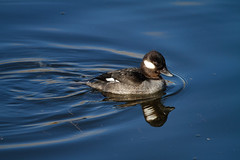
This female Buffle head duck was photographed on a private pond near Ash Creek.
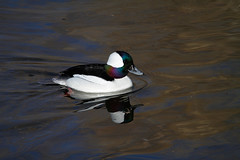
This is the male Buffle head. Also photographed near Ash Creek.
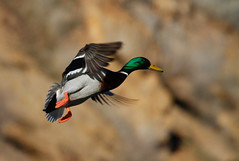
This male Mallard in flight landed gently on Tonaquint pond also.

This Red-tailed hawk that I encountered on my way into Toquerville one evening.

I had to stop, turn around and back track to get these photos but it was worth it.
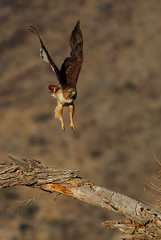
Here is a link to a bald eagle that I was able to find this winter as well.
A good friend of mine and a talented photographer Ron Niebrugge likes to quote Wayne Gretzky in saying, "You miss 100% of the shots that you don't take." It is certainly true. So get out and take some winter photographs. If you have any ideas for good places for me to go, please let me know through a comment.

It is hard to imagine anything more beautiful that Zion National Park and the Kolob Canyons section. As the only National Park that is accessible from a major freway (I-15), you would think that millions of visitors would take the short, 5 mile drive and see the sights. You would be wrong.

The area receives very low visitation annually. You put a little snow on these peaks and add the low light angle and warm color of sunset, and you can come up with a pretty spectacular sight.
You can look at some of my previous, Pine Valley Mountain, post to see other landscapes that were taken close by as well.

Winter here is a great time to photograph waterfowl and other birds. This male wood duck is a good example of the beautiful birds that spend the winter with us. Tonaquint pond in St. George was the location for this photograph.

This female Buffle head duck was photographed on a private pond near Ash Creek.

This is the male Buffle head. Also photographed near Ash Creek.

This male Mallard in flight landed gently on Tonaquint pond also.

This Red-tailed hawk that I encountered on my way into Toquerville one evening.

I had to stop, turn around and back track to get these photos but it was worth it.

Here is a link to a bald eagle that I was able to find this winter as well.
A good friend of mine and a talented photographer Ron Niebrugge likes to quote Wayne Gretzky in saying, "You miss 100% of the shots that you don't take." It is certainly true. So get out and take some winter photographs. If you have any ideas for good places for me to go, please let me know through a comment.
Tuesday, February 1, 2011
North American eagles are fascinating birds and make spectacular photographic subjects.
![[7D] 2010-10-11 12.07.14(0003).jpg](http://farm5.static.flickr.com/4046/5146507060_dbcaa6fb79.jpg)
With the keenest eyesight of all creations and the strength to fly to altitudes of nearly 30,000 feet, Golden and Bald Eagles are among the most effective and successful of all predatory animals.
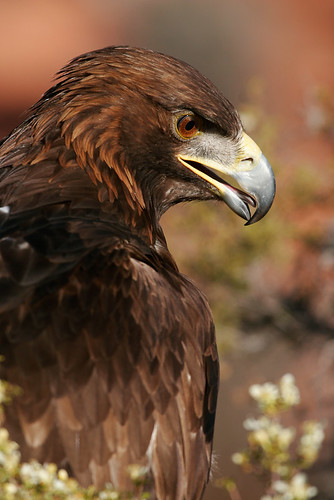
Their vision is considered to be comparable to six power binoculars and they also have the ability to see greater detail than most other animals. It is generally understood that they can see minute movement, such as a scurrying mouse, at distances of a mile or more.
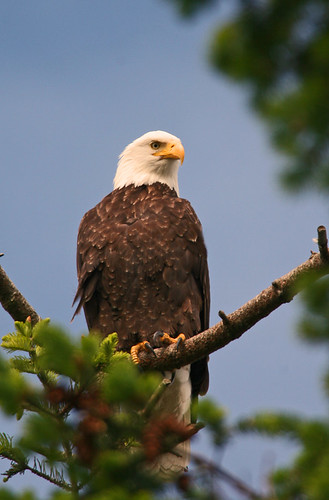
Combine this with their ability to fly swiftly and silently, and the strength in their talons, and few prey species will escape detection and capture.
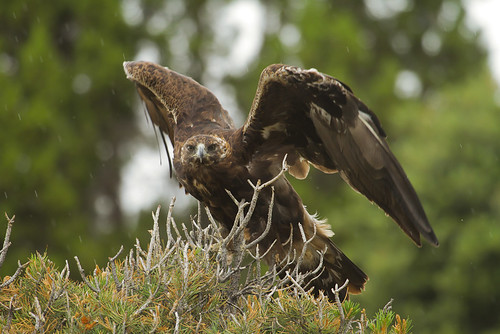
A Bald Eagle sets it's wings to soar and search for prey, on Kolob Mountain, Utah. Eagles have a wing span of up to seven feet and are probably the strongest fliers of all birds.

Subscribe to:
Posts (Atom)
